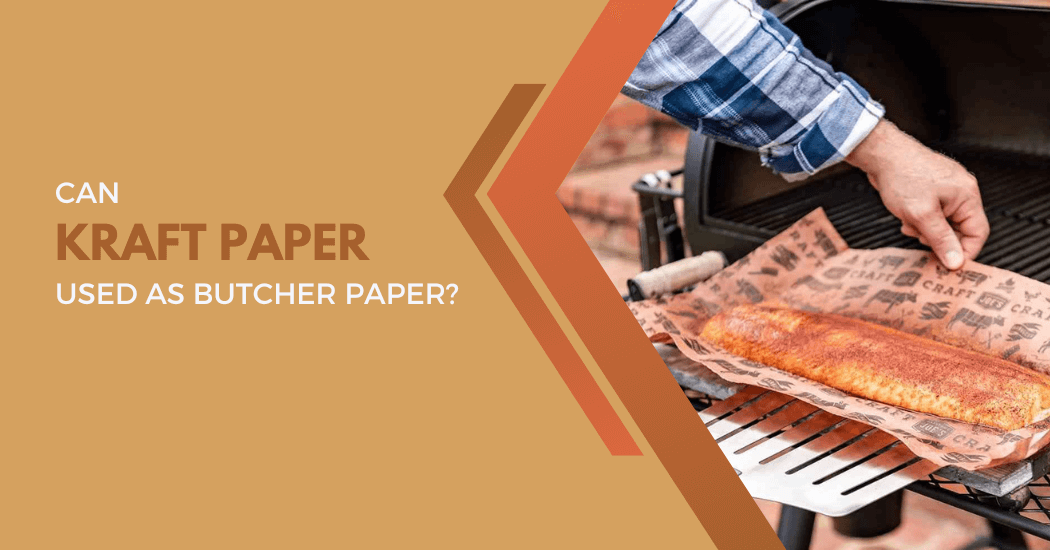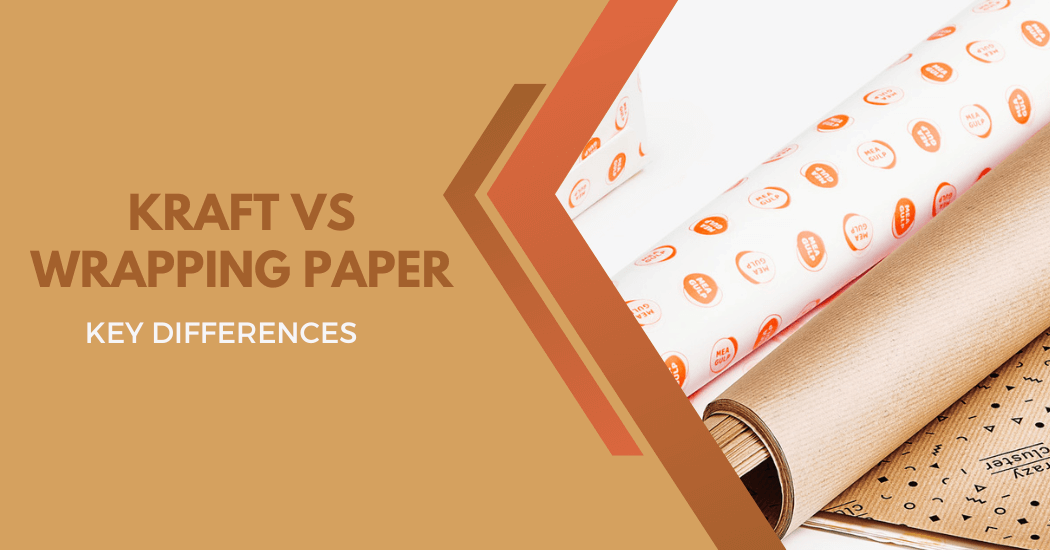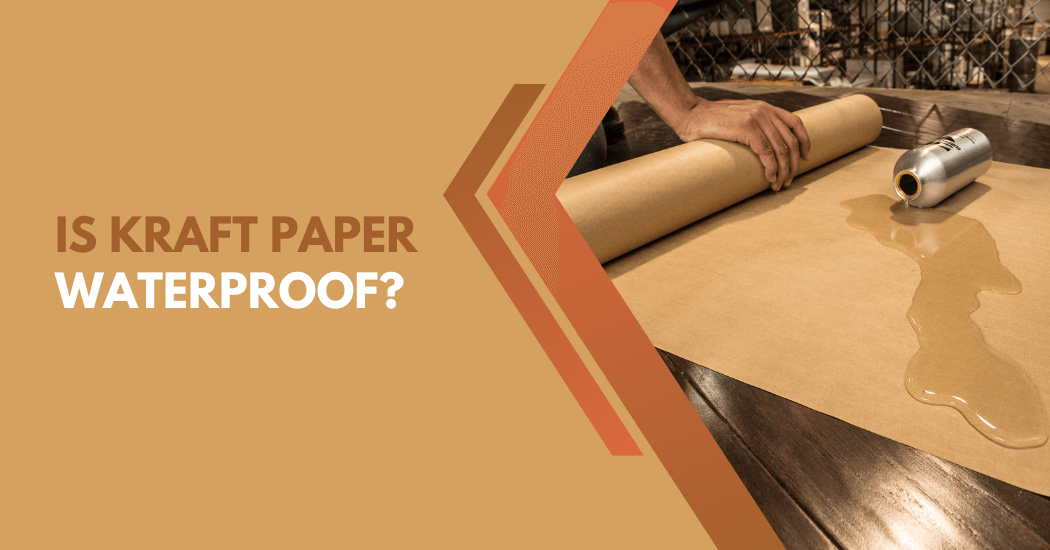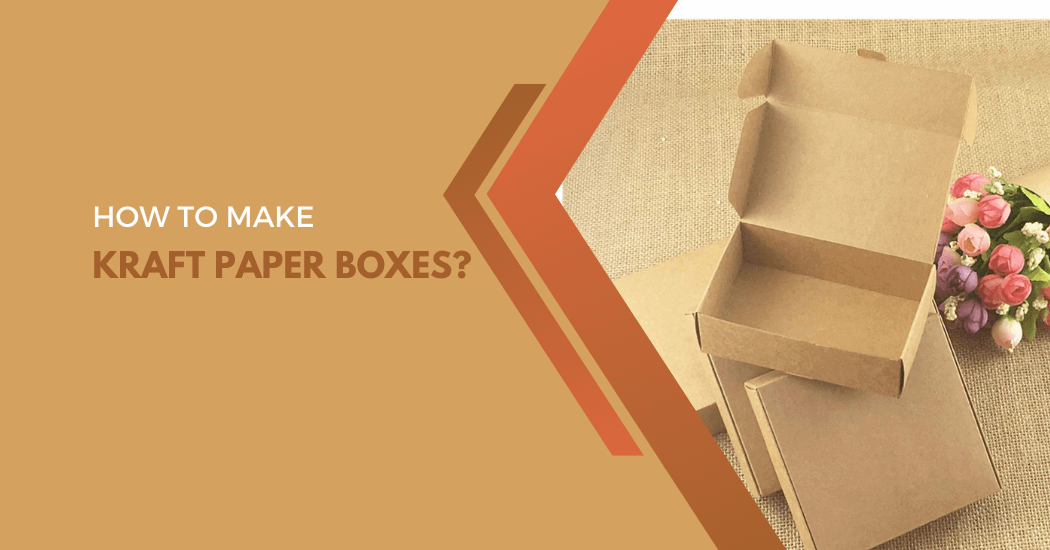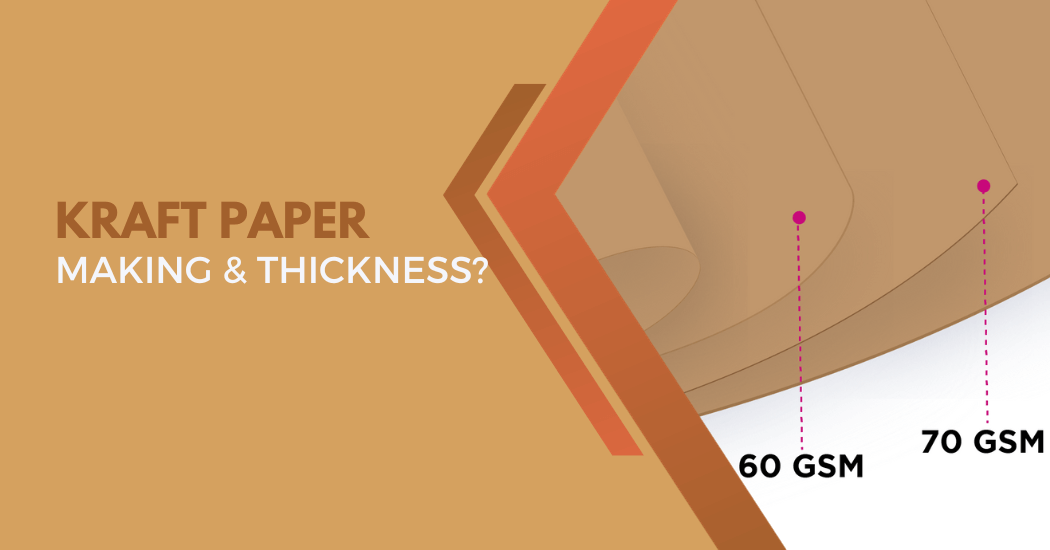Can kraft paper be used as butcher paper?
When it comes to food preparation and presentation, the choice of materials can significantly impact the quality and safety of your culinary creations. Butcher paper, a common tool in professional kitchens and barbecue joints, is celebrated for its versatility in food handling and serving.
However, many individuals wonder whether an alternative, such as kraft paper, can serve the same purpose. In this discussion, we will explore the characteristics of both kraft paper and butcher paper, their potential interchangeability and the considerations to keep in mind when using one in place of the other.
Understanding the nuances of these paper options can provide valuable insights into optimizing your culinary practices and ensuring the safety of your food. So, can you use kraft paper as butcher paper? Let’s delve into this question and uncover the answers.
Kraft paper vs Butcher Paper
Kraft paper is a type of coarse, strong brown paper commonly used in packaging and wrapping applications. Its name is derived from the German word “kraft,” meaning strength, as it is known for its high tensile strength and durability.
This paper is made by pressing wood chips into large sheets, resulting in a smooth surface on one side and a rougher texture on the other.
Kraft paper is typically uncoated, making it ideal for wrapping and packaging as it can withstand high temperatures and resist grease and oil absorption. Due to its strength and resistance, kraft paper is also commonly used in industries such as construction, where heavy-duty materials are required.
On the other hand, Butcher Paper is a type of food-grade paper that is specifically designed for use in food handling and serving. Also known as steak paper or butcher’s roll, this paper is typically made from bleached kraft pulp and has a smooth surface on both sides.
It is often used to wrap meat and seafood due to its ability to retain moisture and prevent bacteria growth.
Butcher paper is also commonly used in barbecue restaurants as a serving tray or table covering due to its durability and ability to resist tearing when exposed to moisture. Additionally, its smooth surface makes it an ideal choice for writing down orders or labeling food items.
Can kraft paper be used as butcher paper?
While kraft paper shares some characteristics with butcher paper such as durability and strength, it’s important to note that they are not entirely interchangeable. Butcher paper is specifically designed to be food-safe. It’s made with materials that comply with food safety regulations, making it safe for direct contact with food.
Kraft paper, while strong and resistant, is not typically made with food-grade materials. Therefore, it may not be safe for direct contact with food, especially raw or uncooked items. The potential for chemical leaching from non-food-grade paper into your food makes the use of kraft paper as a substitute for butcher paper a risky proposition.
Key similarities between Kraft paper and butcher paper
Here is a summary of the key similarities between kraft paper and butcher paper:
| Aspect | Kraft Paper | Butcher Paper |
|---|---|---|
| Durability | High durability due to its tensile strength. | High durability and resistance to tearing when exposed to moisture. |
| Usage | Commonly used in packaging and wrapping applications. | Frequently used for food handling and serving, such as wrapping meats or as a serving tray. |
| Manufacturing Process | Made by pressing wood chips into large sheets. | Typically made from bleached kraft pulp. |
| Texture | Smooth on one side and rough on the other. | Smooth on both sides. |
| Resistance | Resistant to high temperatures and oil absorption. | Able to retain moisture and resist bacterial growth. |
From the table above, it’s clear that while kraft paper and butcher paper have some similarities, there are also significant differences between them.
When considering using one in place of the other, it’s important to understand these nuances and make an informed decision.
Key differences between Kraft paper and butcher paper
Here is a summary of the key differences between kraft paper and butcher paper:
| Aspect | Kraft Paper | Butcher Paper |
|---|---|---|
| Safety | Not typically food-safe due to the potential for chemical leaching. | Specifically designed to be food-safe and compliant with regulations. |
| Usage in Culinary Settings | Not commonly used for food handling or serving. | Widely used for wrapping meats and seafood and as a serving tray or table covering. |
| Cost | Generally cheaper than butcher paper. | Can be more expensive due to its specialized use in the food industry. |
| Color | Brown color with a rough texture. | White or pink color with a smooth surface on both sides. |
As shown in the table above, kraft paper and butcher paper have significant differences that make them better suited for different purposes. It’s important to consider these distinctions when choosing between the two for your culinary needs.
Factors to consider when using kraft paper as butcher paper
While the temptation to use kraft paper as a substitute for butcher paper may be strong due to its readily available nature and lower cost, there are essential factors you should consider:
- Food Safety: Kraft paper is not typically designed to be food-grade, which means it may not be safe for direct contact with food. The risk of chemical leaching from the paper to the food is a significant concern that cannot be overlooked.
- Temperature: One of the benefits of using butcher paper is its ability to withstand high temperatures without compromising its integrity. Kraft paper may not have the same heat resistance, so it’s important to consider the temperature of the food or cooking method when using it as butcher paper.
- Oil and Grease Absorption: Kraft paper is known for its resistance to oil and grease, which can be useful if you’re wrapping fatty foods. However, keep in mind that the degree of resistance may differ from butcher paper.
- Cost vs. Safety: Even though kraft paper is generally cheaper than butcher paper, the potential health risks associated with its non-food-grade nature may outweigh the cost savings.
- Direct Contact: If you do choose to use kraft paper as butcher paper, avoid direct contact between the paper and food where possible. For example, place a layer of foil or parchment paper between the kraft paper and meat before wrapping it up.

Remember, while kraft paper and butcher paper may share some characteristics such as durability and strength, they are not entirely interchangeable.
If you’re considering using kraft paper in place of butcher paper, these factors should be thoroughly evaluated.
FAQ’s – Kraft vs Butcher Paper
Is kraft paper food-grade and FDA-approved for contact with food?
Kraft paper is typically not designed to be food-grade and may not be FDA-approved for direct contact with food. It’s recommended to use specially designed butcher paper for food handling and serving purposes.
Is there any risk in using butcher paper for my food?
When used properly, butcher paper is considered safe for food handling and serving. However, like with any material, there is always a risk of contamination if not handled or stored correctly. Always make sure to follow proper food safety guidelines when using butcher paper in culinary settings.
Where can I purchase food-safe kraft paper for use as butcher paper?
You can purchase food-safe kraft paper from specialty suppliers or online retailers that cater to the food industry. Make sure to check for certifications and approvals before making a purchase.
Alternatively, you could also use parchment paper or other FDA-approved materials as a substitute for butcher paper. Overall, it’s always best to prioritize food safety when handling and serving food in any setting.
Is kraft paper a cost-effective substitute for traditional butcher paper?
While kraft paper may seem like a cheaper substitute for butcher paper, it’s essential to consider all factors, including food safety and efficacy. In some cases, the potential risks associated with using non-food-grade materials may outweigh the cost savings.
It’s always best to prioritize safety when handling and serving food. So while kraft paper may be a cost-effective option in some cases, it should not be used as a direct substitute for butcher paper without careful consideration.
Final Words
In conclusion, while kraft paper and butcher paper share certain characteristics, they are not entirely interchangeable due to their significant differences. A crucial aspect to consider is the food safety standards kraft paper is typically not food-grade and could pose risks when in direct contact with food.
Additionally, butcher paper’s superior heat resistance and oil absorption make it particularly suited for culinary applications. It’s essential to consider all factors and make an informed decision.
We hope this guide has helped you better understand the differences between these two papers and how to choose the best one for your culinary needs.
